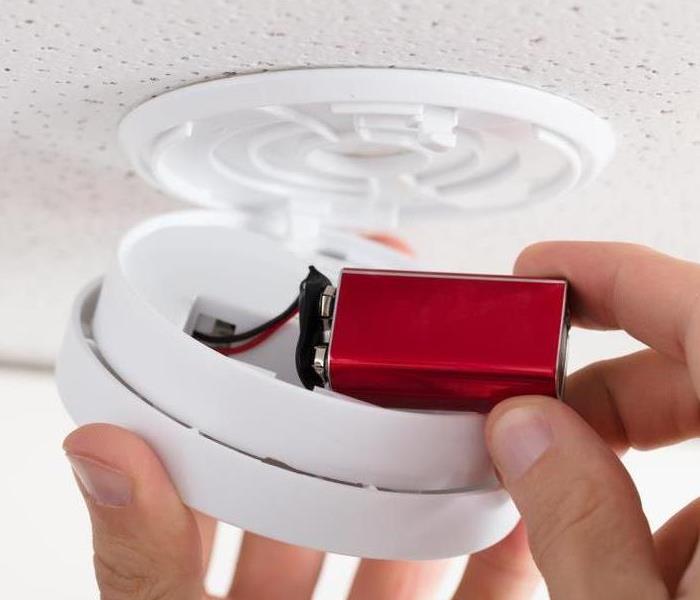How to Handle Water Damage After a Fire
3/18/2020 (Permalink)
Fire is a useful invention with the potential to create a complicated fire damage mess involving structural and water damage to a house. While both possibilities pose a significant threat to your property, it’s water damage you should be worried about. Moist conditions encourage rot, and can even lead to severe mold growth in hard to reach areas.
Common causes of fire in Doylestown, PA, include:
Unattended cooking equipment
Heating
Smoking in bedrooms
Electrical malfunction
Handling Water After Fire Damage
After the flames finally die down, shut off the power and water lines running to the house. That will cut off supply to the fire hose, but it will also mitigate the risk of electric shock and more fire damage. With that out of the way, call insurance and start the water removal process immediately.
There’s no doubt firefighters use a lot of water to put out fires. This water can cause flooding and threaten the wood as well as your wallet. To get rid of it, start by removing any salvageable items from the house then use a sump pump to get rid of excess water from the floor.
However, avoid using a vacuum cleaner for water removal as it presents a surprisingly high risk of electric shock. Remember that you can never be 100% sure there’s no electricity in a water-logged house, even when the main circuit breaker is off.
Document the Damage During Cleanup
Take a video of the cleanup process for documentation purposes. That will act as your evidence to the insurance provider, making the claim process easier. Also, please make a list of all the damaged items, as seen on video, so you’ll be ready to hand it over when asked.
That said, fire damage is undoubtedly the worst thing that could ever happen to any homeowner. It occurs more often than most people might think, and that’s why you need to know what to do if it happens to you.





 24/7 Emergency Service
24/7 Emergency Service
